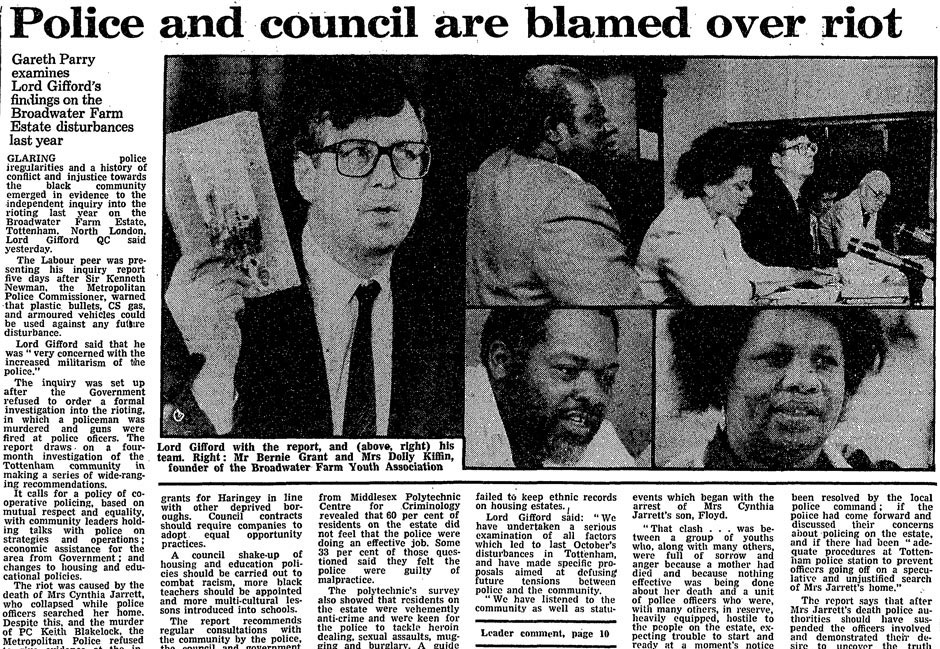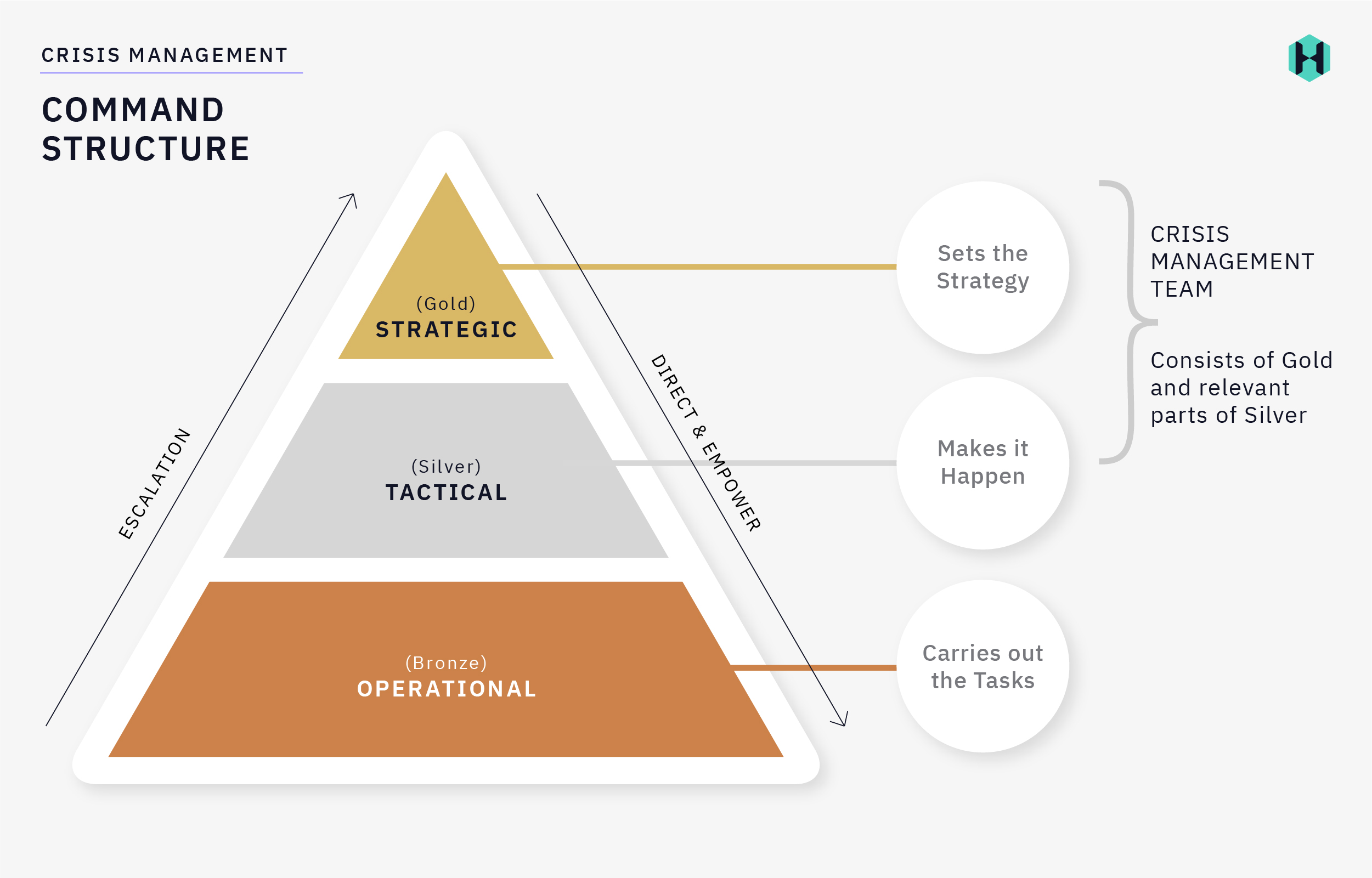Introduction
Small businesses are the most vulnerable in a crisis, yet they’re also the least supported. The Coronavirus pandemic has highlighted these inequalities in government responses to supporting others during a crisis. We’ve designed a programme to help even up the odds – to provide small businesses with the tools they need to weather such storms. The programme uses the Gold, Silver and Bronze model. We think it’s important to remember where it came from.
The story of Cynthia Jarrett
On 5 October 1985, Mrs Cynthia Jarrett died in her home in North London. She’d suffered a heart attack, but that wasn’t the cause of her death. The real cause was a controversial search of her home by the British Metropolitan Police. They claimed to have reasonable grounds and a warrant. The coroner’s report suggests otherwise. The backdrop was societal racism and deprivation within ethnic minority communities. And this act sparked one of the most tragic and devastating riots in modern British history. It also led to a new way of managing crises which has saved many lives since.
Mrs Jarrett was a 48-year-old black woman. Earlier that day the police had stopped her son, Floyd, for driving an expensive car. He was arrested for car theft and assaulting a police officer. The car was not stolen, and witness statements directly contradicted the allegation of assault. But before releasing Mr Jarrett, the police took his keys to his mother’s house (without telling him) and drove to her address (where Mr Jarrett did not live). Without knocking, a plain-clothed officer used the keys to enter Cynthia Jarrett’s home. She was shocked and scared. She had her daughter, her two-year-old grandchild, and a neighbour’s baby with her. A police officer knocked her to the ground, and she died. No stolen items were found.

The Broadwater Farm riots
The local black community was furious and gathered to protest. An inquiry found that the subsequent police response to these protests was highly flawed. It enflamed the situation into 'the Broadwater Farms riots' that left a community enraged, national race-relations in tatters, and police officer Keith Blakelock brutally killed.

Failings
One of the key failings was the police’s decision-making structure. It couldn’t keep up with the pace and complexity of events. Vital information and orders became clogged as they moved up and down the numerous police ranks. Decisions were being made by senior officers based on out-of-date information. By the time these actions were passed down to responding units, they were redundant. Units on the ground were confused as to who was in control. Orders that did reach them often came from several different sources, were confusing and sometimes contradictory. The result was further tragedy.
The Gold, Silver, Bronze structure
In response, the police launched a new incident (crisis) management system. It stripped away multiple layers of rank and command, replacing them with three clear levels. Gold, Silver and Bronze. Gold for strategic direction, silver for tactical implementation and bronze for the operational response. Simple yet effective. The model can’t create a fair and equal society, but it’s been so successful in managing a crisis that it’s now used by businesses, hospitals, universities and charities across the world.

Prepare your organisation for any crisis
Our Foundational Crisis Management eConsulting for Small Businesses, gives your organisation the means to respond well to a crisis, whatever your size.
Discover more about the Gold, Silver, Bronze approach and how it could help future-proof your organisation against crises by enrolling today.


